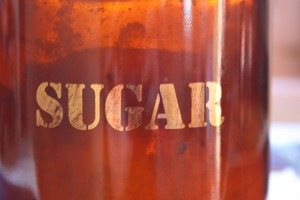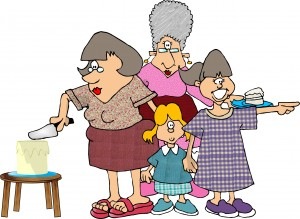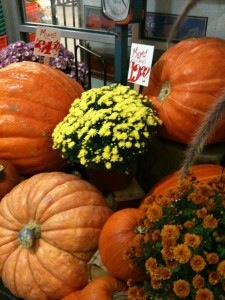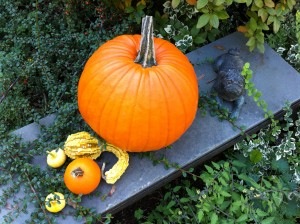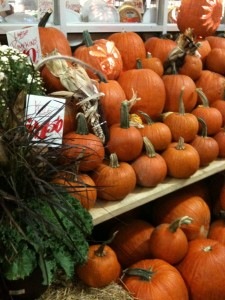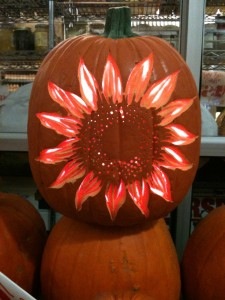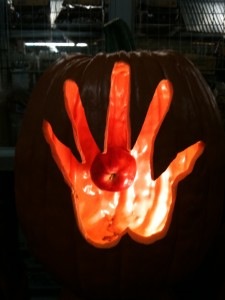What Are Carbohydrates?
They are the sugars, starches, and fiber we eat. Carbohydrates (carbs for short) are carbon dioxide combined with water and, except for fiber, are transformed by your body into blood sugar, mostly glucose, the body’s basic fuel.
An enormous number of foods contain carbs. They’re the main energy source for your body and the main source of calories in just about every culture’s diet. They have four calories per gram, the same as protein. Fat has nine calories per gram.
Which Foods Are High In Carbs?
Which of these foods contain lots of carbs: fruit juice, table sugar, nonfat milk, bananas, blueberries, hamburger buns, multi-grain bread, pumpkin pie, popcorn, scones, corn, Hershey’s kisses, honey, sweet potatoes? If you chose them all, bingo!
Does It Matter What Kind Of Carbs You Eat?
Yes and no. Yes for nutrition, no for calories because regardless of the source, the calories per gram are the same whether they come from chocolate or oranges. Since most carbs are broken down into glucose does it really matter which kind you eat? Or, said another way, is the energy in a teaspoonful of sugar (does it really help the medicine go down?) any better or worse than the same amount of carbs in peas, potatoes, or pepsi?
If You’re Looking For A Simple Answer – It’s Complex
Most carbs come from plant based foods: fruit, veggies, grains, and legumes (lentils, peas, beans, peanuts). The only animal based foods with lots of carbs are dairy products.
The Two Basic Types Of Carbohydrates
Simple carbohydrates are sugars like the glucose and fructose in fruit and some veggies; the lactose in milk; and the sucrose from cane or beet sugar. Table sugar is pure sucrose. Sugars added to many processed foods such as soda and baked goods account for a large portion of the simple carbs we eat and are the main reason that sugar makes up 16% of all calories Americans consume (it was 11% twenty years ago.) A third of the added sugar that we eat comes from soda.
Complex carbohydrates are chains of simple sugars. They are primarily starches and the fiber found in plant foods. Foods rich in complex carbs include things like grains and grain products (bread, pasta), beans, potatoes, and corn.
Simple Or Complex – Which Is Preferable?
The answer isn’t totally straight forward. A lot of foods high in sugar, especially the ones with added sugars, qualify as “empty calories,” or foods that have lots of calories and few nutrients. Complex carbs usually carry along a suitcase filled with nutritional extras. Dairy products and fruit both contain simple carbs, but because of the other nutrients they contain they play an important part in a healthy diet.
When you choose carbohydrate foods, pick the ones with complex carbs. Try to eat fruit and veggies with fiber — the fruit is better than the juice. Whole grains (think brown rice instead of white, multi-grain bread instead of sandwich buns) are more nutritious than refined grains because they still have the bran and the germ, parts often removed in refined grains. Because of this they are digested more slowly and have a more even effect on your blood sugar.
Because of their fiber content, the same is true for vegetables and beans. Refined carbs or simple sugars are digested rapidly and often cause your blood sugar to spike, or elevate quickly, and then drop — which can leave you feeling tired, irritable — and craving more sugar to get your blood sugar levels back up again.
